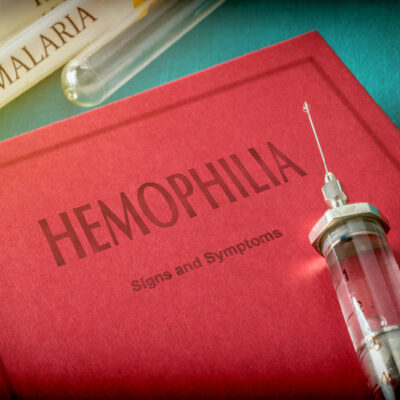
Health
Dietary Tips to Manage Multiple Sclerosis
Multiple sclerosis is a condition in which one’s immune system attacks the central nervous system. It damages nerve fibers, thereby affecting the spinal cord, brain, and optic nerves. There’s no cure for multiple sclerosis, presently. But, a diet plan may help manage symptoms like fatigue, pain, and dizziness. Eating healthy foods will also boost the immune system and improve overall health. Let’s look at five dietary tips for those with multiple sclerosis. Eat fatty fish Fatty fish has omega 3 fatty acids, which can be beneficial for multiple sclerosis. Omega 3 fatty acids soothe inflammation, keep the heart healthy, and lower blood pressure. So, include fatty fish like sardines, mackerel and salmon in a diet plan to manage multiple sclerosis. Also, those who have this condition may have a deficiency of vitamin D. Fatty fish have vitamin D too. It regulates the body’s absorption of calcium and improves the function of the immune system. Have high-fiber food High-fiber foods include whole-grain bread, oatmeal, beans, dried fruits, and flaxseeds. Eating high-fiber food can help with one specific health problem associated with multiple sclerosis: constipation. It occurs when one’s pelvic floor muscles have reduced functioning optimally. High-fiber food can manage and also prevent constipation.
Read More 















